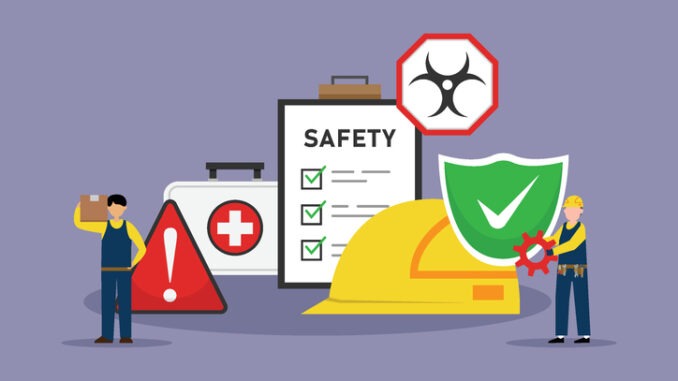
Effective safety management is increasingly leveraging AI to predict and prevent hazards, transforming reactive responses into proactive strategies
CREDIT: This is an edited version of an article that originally appeared on HSE
Workplace safety management emphasises that prevention is always better than cure. In this article, we explore how AI can be beneficial in helping managers to predict and prevent workplace hazards.
Employees expect a safe environment when they go to work. However, statistics show that workplaces still harbour hidden risks, which can result in incidents that endanger personnel and disrupt operations. Artificial intelligence offers transformative tools to tackle these risks more effectively by enhancing assessment, monitoring and planning efforts
Machine Learning (ML)
AI’s capacity for data-driven learning enables it to continuously improve its own performance over time. By learning from the data, it processes, AI refines its ability to predict hazards with increasing accuracy. With increasingly accurate predictions, managers gain actionable insights that empower them to make proactive safety decisions. AI can highlight specific areas where preventive maintenance, training, or adjustments to workflow are needed, enabling managers to implement targeted interventions.
Predictive Analytics
A significant strength of AI lies in its forecasting capabilities. By recognising trends and early warning signs, AI shifts workplace safety from a reactive approach—where action is taken after an incident occurs—to a proactive one focused on prevention. Furthermore, AI can examine patterns involving individuals, such as identifying groups that might be at a higher risk due to limited training, experience levels, or exposure to particular tasks.
AI-Enhanced CCTV
Another powerful application of AI in workplace safety is real-time monitoring. Using AI-enabled CCTV cameras, companies can automatically detect and flag near misses or policy violations as they happen. For instance, AI can identify instances of vehicles moving at unsafe speeds, alert managers when employees walk past hazardous spills without addressing them or detect unauthorised entry into restricted areas.
With its ability to learn from data, anticipate risks and monitor environments in real-time, AI turns safety management into a proactive, precision-driven strategy. By leveraging these capabilities, managers can foster a stronger safety culture, reduce accidents and protect both their workforce and operations.


Be the first to comment